Look below to find all of the labels I’ve written for this exhibition.
Click on the images to be taken to their entry in the Smith College Museum of Art Collections Database.
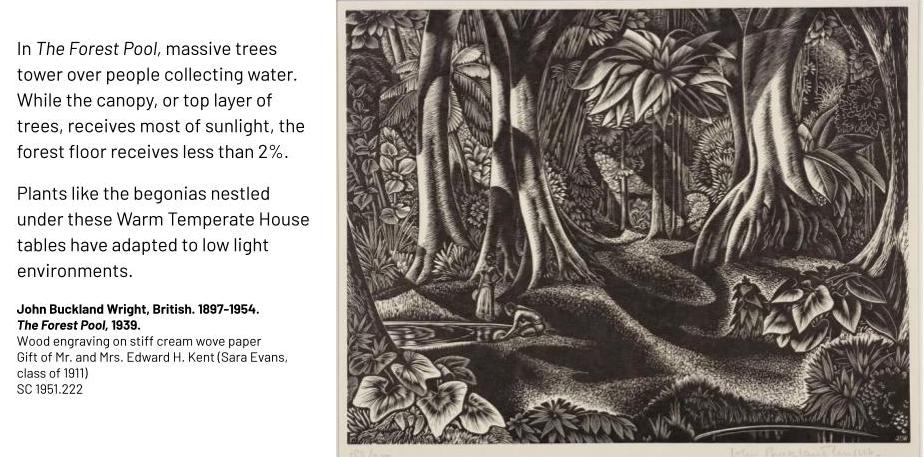
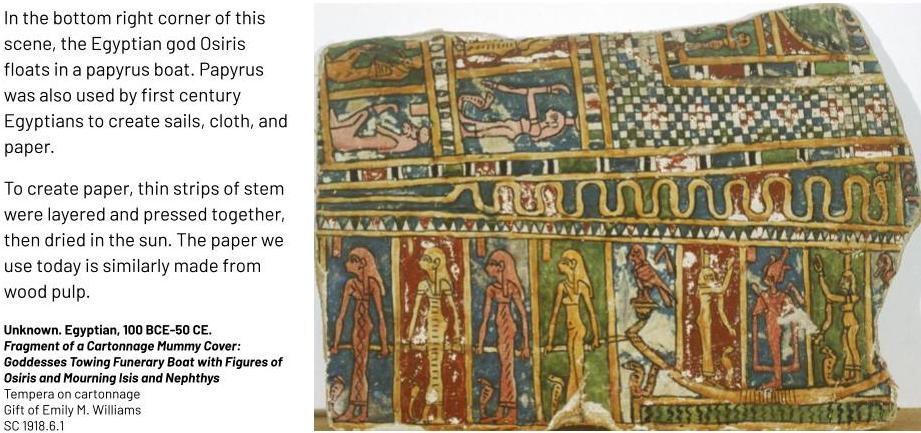
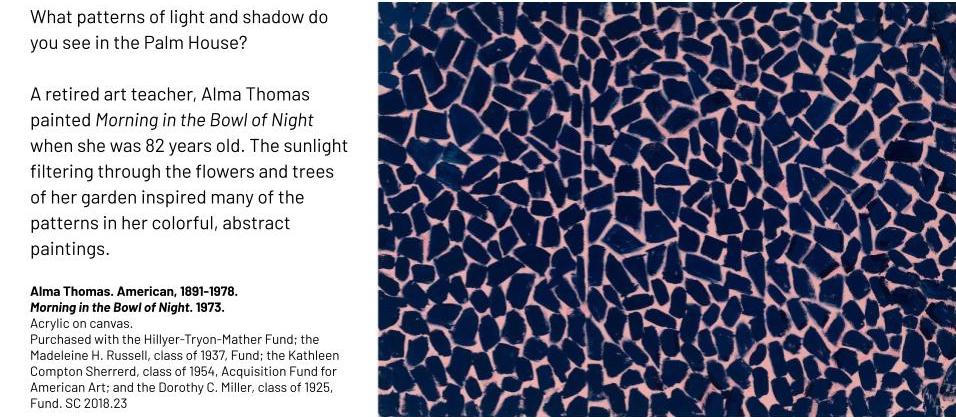
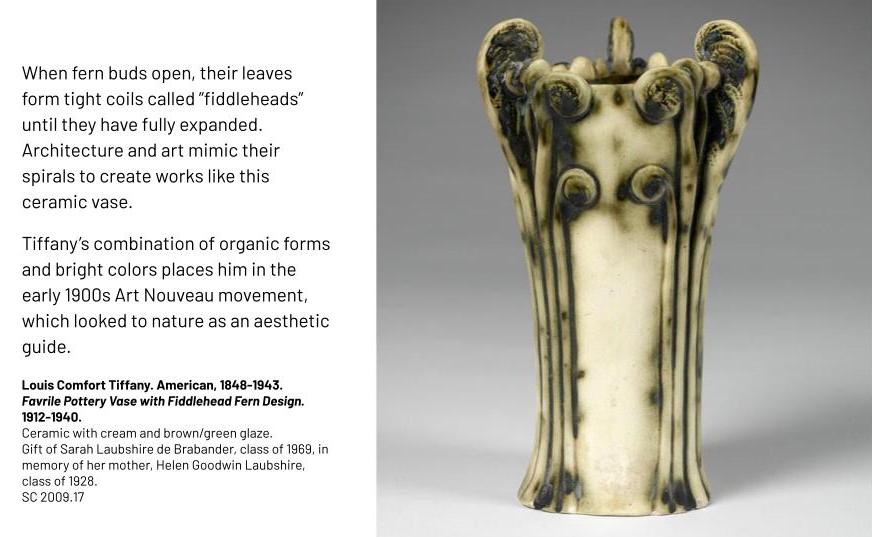
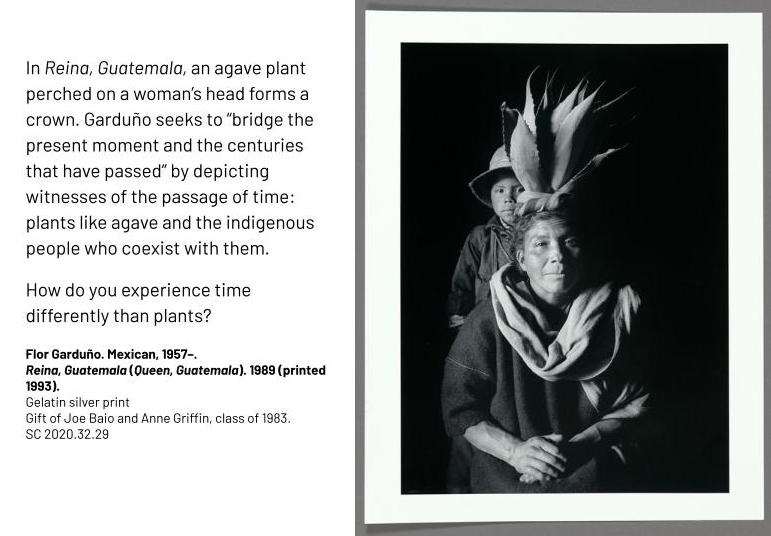
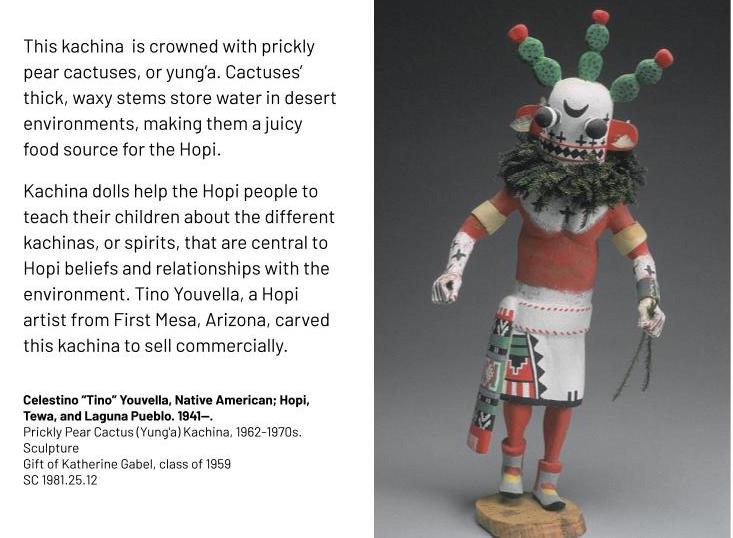
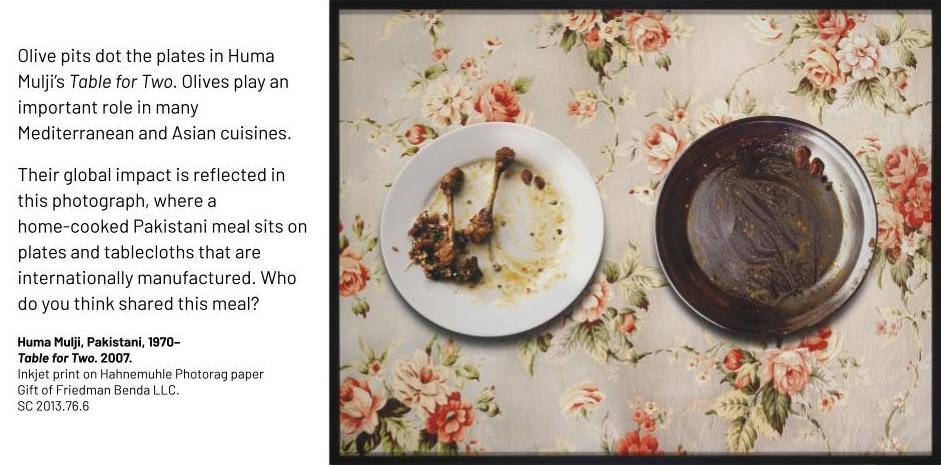
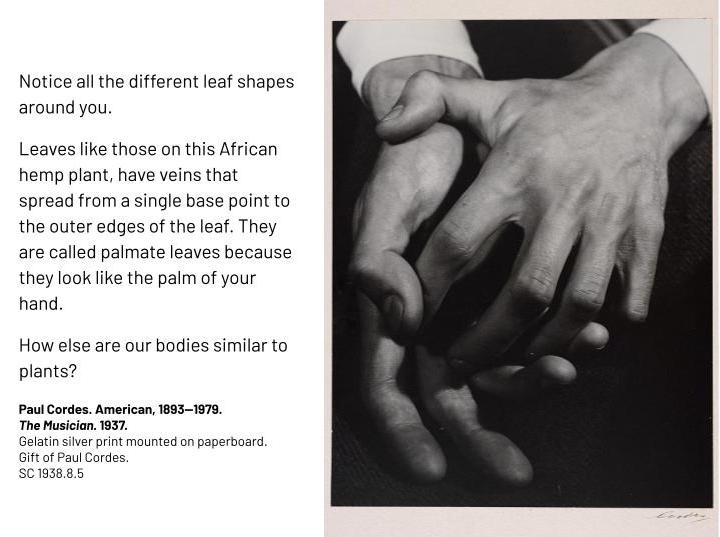
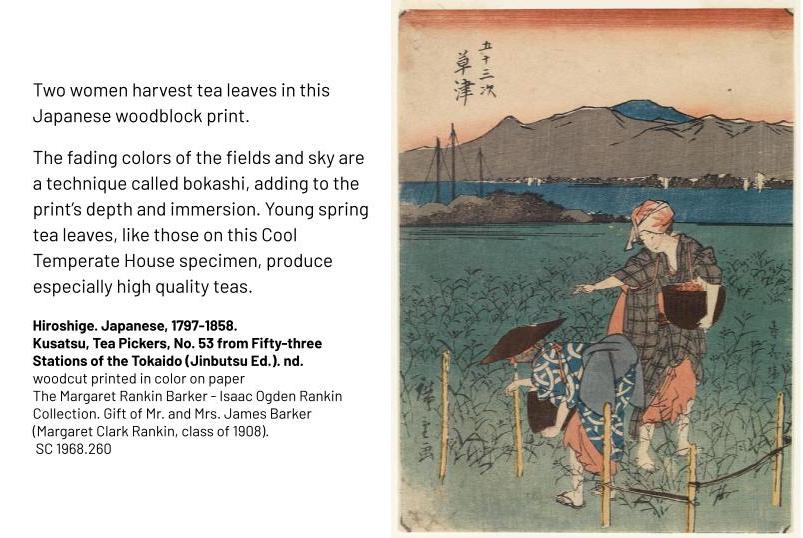
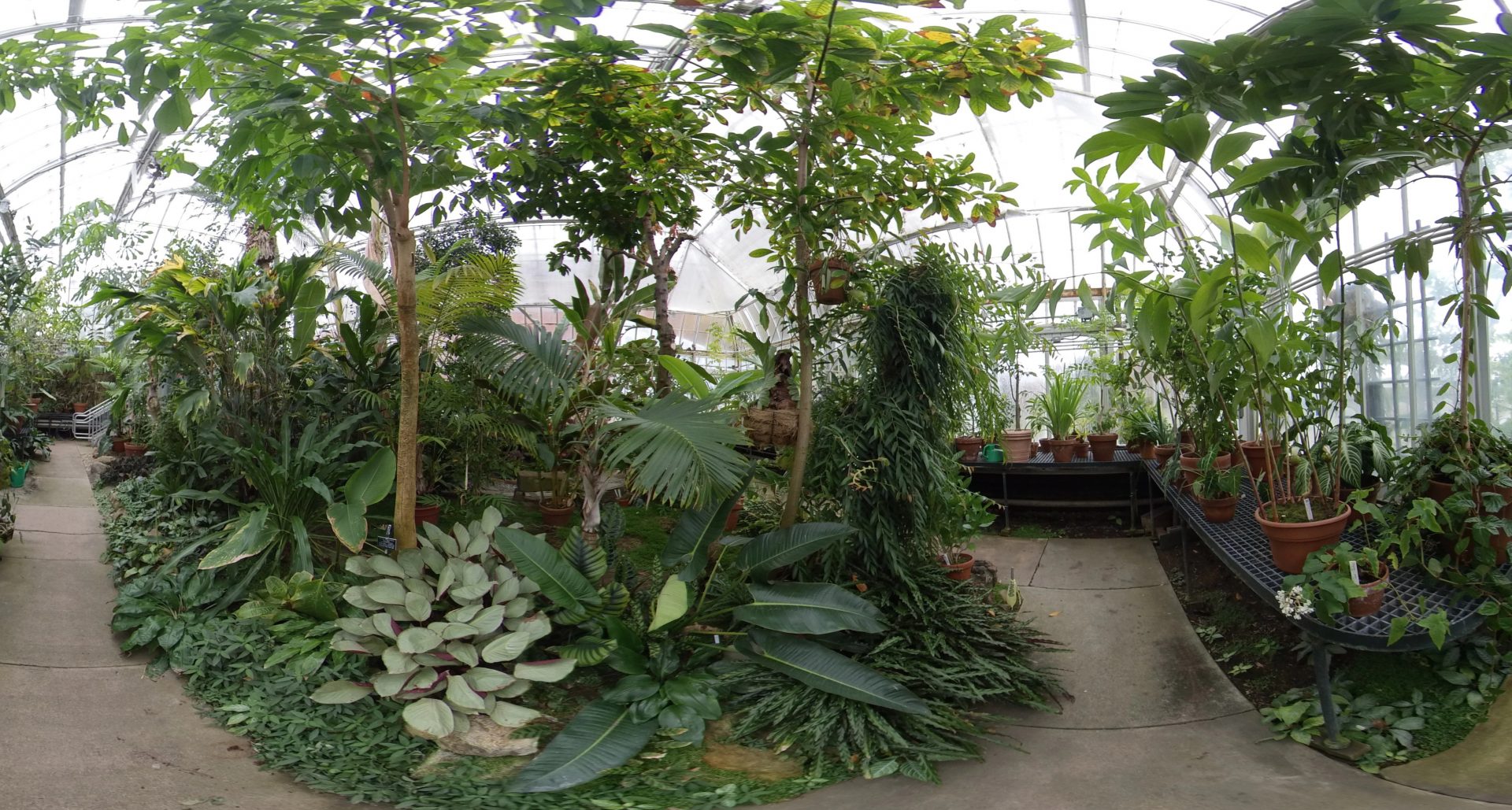
Look below to find all of the labels I’ve written for this exhibition.
Click on the images to be taken to their entry in the Smith College Museum of Art Collections Database.








